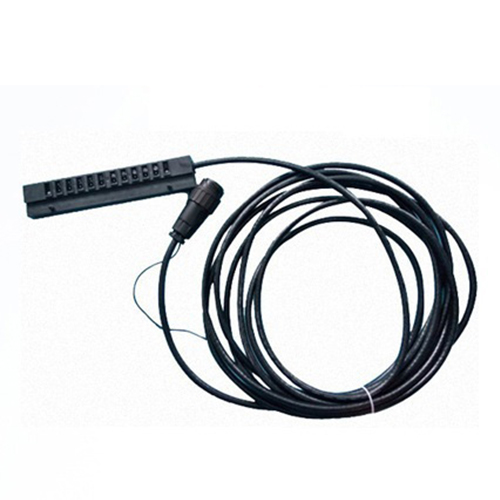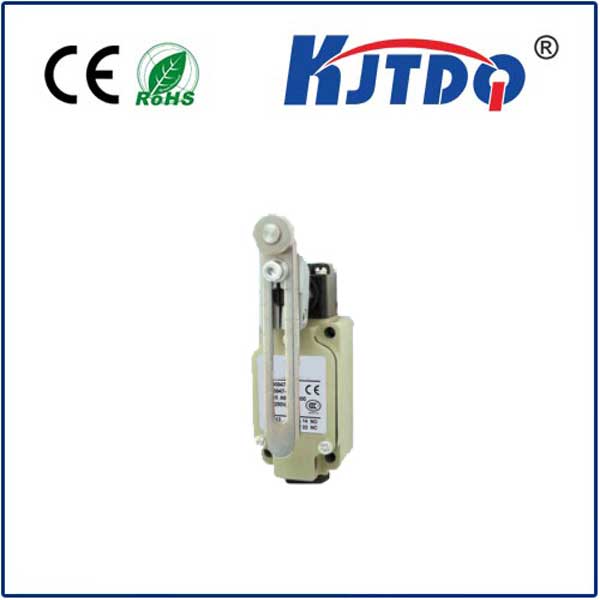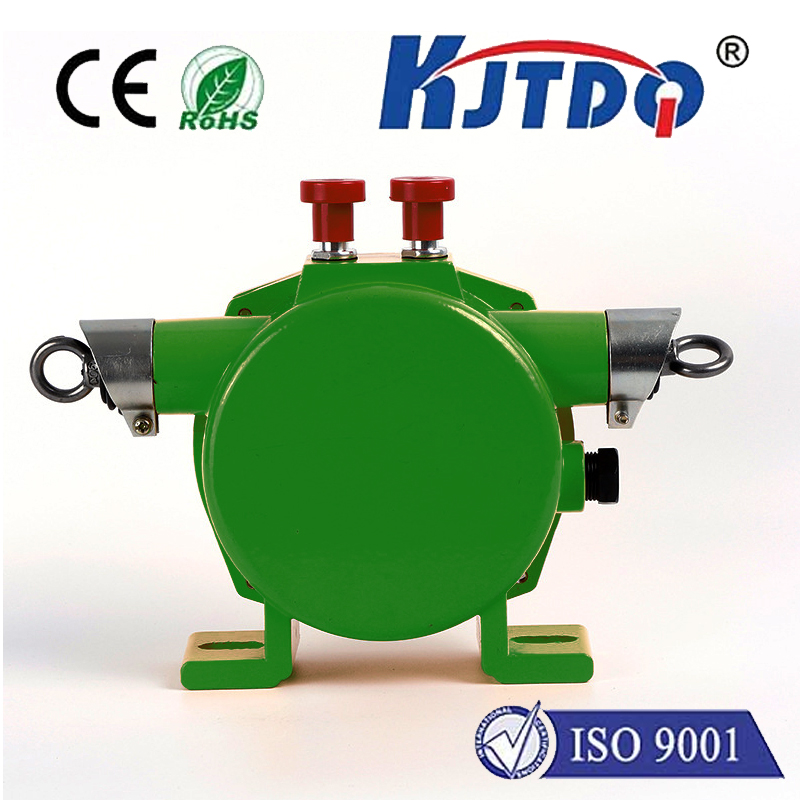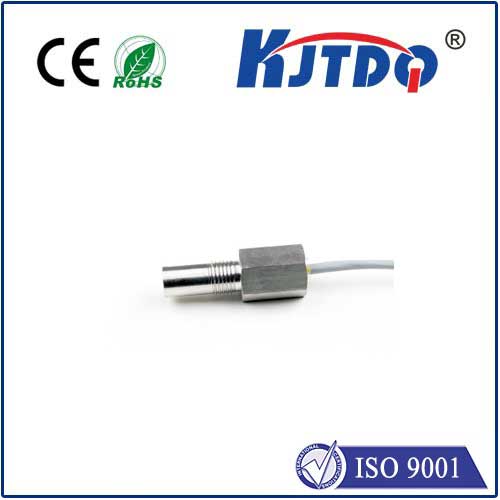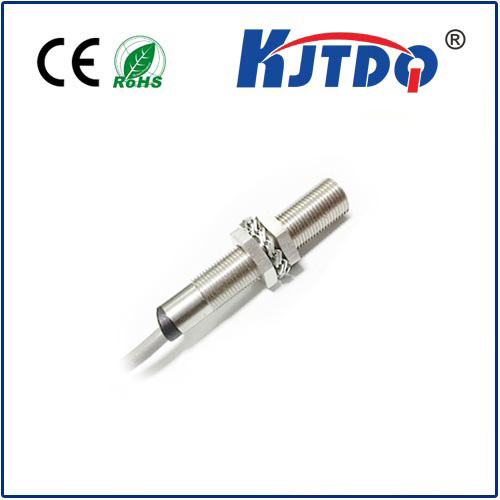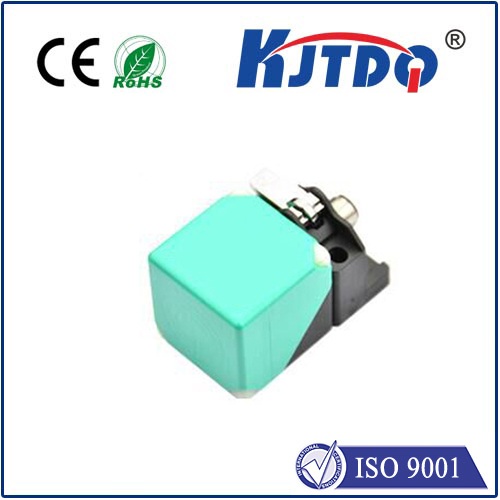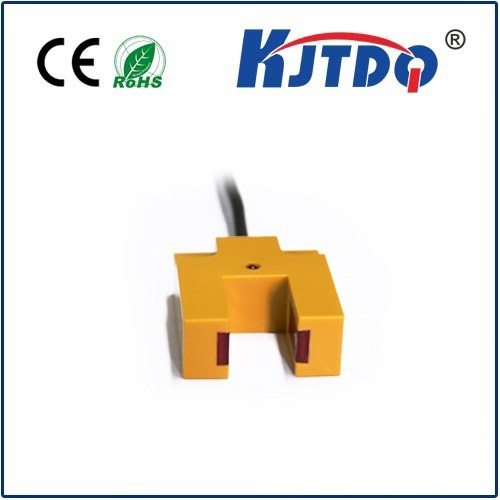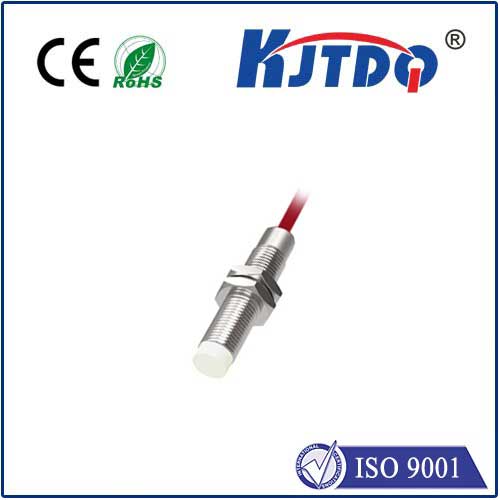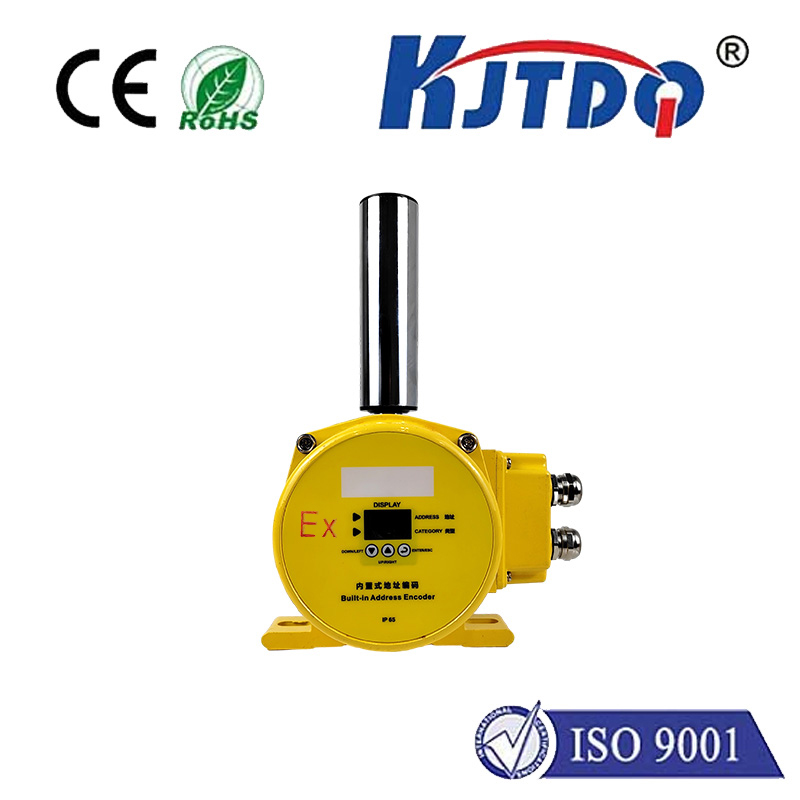

check

check

check

check

check

check

check

check

check

check
Mobile Crane Limit Switch: Ensuring Safety and Efficiency in Construction Projects
In the realm of construction projects, mobile cranes play a crucial role in transporting heavy materials and equipment to various sites. However, the operation of these massive machines is not without its risks. To mitigate potential hazards and ensure the safety of workers and the integrity of the project, limit switches are essential components installed on mobile cranes. In this article, we will explore the significance of the mobile crane limit switch and how it contributes to maintaining safety and efficiency in construction projects.
The primary function of a limit switch in a mobile crane is to monitor and control its movement. These switches are strategically placed at various points along the crane's boom, cable, or hook block to detect when they have reached their maximum or minimum limits. Upon reaching these limits, the switch sends an immediate signal to the crane's control system, prompting it to stop or reverse its direction. This prevents overextension or retraction of the crane's components, which could lead to accidents, damage to equipment, or even catastrophic failures.
One of the most critical applications of limit switches on mobile cranes is load monitoring. By continuously tracking the load being lifted by the crane, limit switches can alert operators if the load exceeds the crane's capacity. This prevents situations where the crane might become unstable or collapse due to lifting too much weight. Furthermore, limit switches can also be set up to monitor wind speed, temperature, and other environmental factors that may affect the crane's stability during operation. This allows for timely adjustments and precautions to be taken before any adverse conditions arise.
Another benefit of using limit switches on mobile cranes is their contribution to operational efficiency. By providing real-time feedback on the crane's position and load status, limit switches help operators make informed decisions about how to maneuver the crane safely and effectively. This reduces downtime caused by errors or misjudgments during operation, leading to more productive work hours and faster completion of tasks. Additionally, limit switches can also help optimize fuel consumption by ensuring that the crane operates within its optimal performance range at all times.
In conclusion, the mobile crane limit switch is a vital component in modern construction projects. It plays a crucial role in ensuring the safety and efficiency of mobile crane operations by monitoring and controlling movement, load capacity, and environmental factors. As technology continues to advance, it is likely that limit switches will become even more sophisticated and capable of performing additional functions to further enhance their value in the construction industry.
